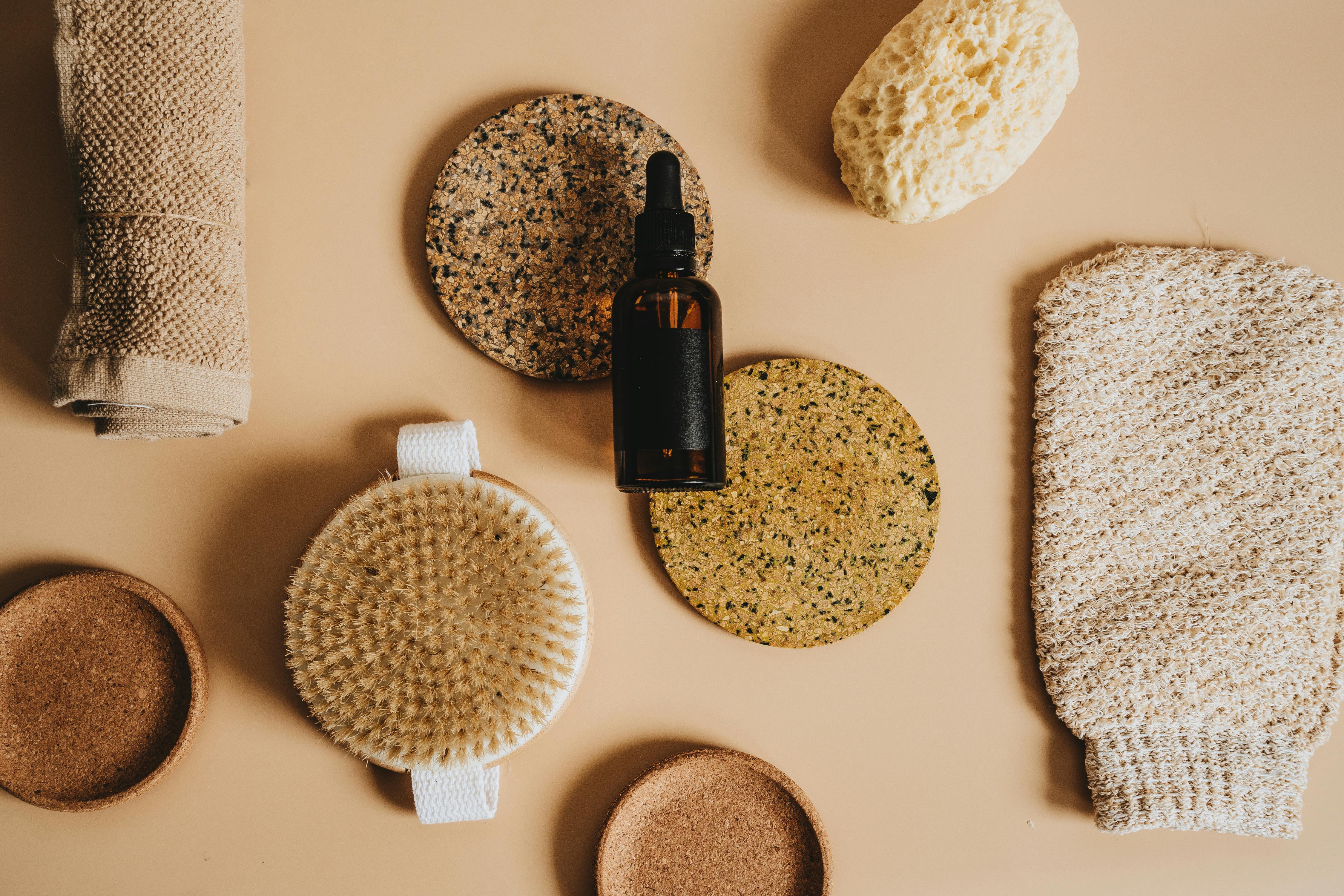Unraveling the Mysteries of Eye Bags: Causes, Treatments, and Prevention
The human face is a canvas of emotions, experiences, and even health conditions. One such manifestation on this canvas is the formation of eye bags, those puffy, saggy under-eye areas that can add years to our appearance and sometimes hint at underlying health issues. Eye bags are a common concern among people of all ages, affecting both men and women. Their presence often prompts individuals to seek cosmetic and medical interventions, and the beauty industry has responded with an array of products and treatments to address this issue.

The Science Behind Eye Bags
Eye bags, medically known as periorbital puffiness, occur due to the accumulation of fluid and fat in the area beneath the eyes. The skin around the eyes is the thinnest on the human body, and therefore, any changes in the underlying tissues are easily visible.
As we age, the muscles and ligaments that hold the fat pads beneath our eyes weaken, causing these pads to protrude forward, resulting in a baggy appearance. Additionally, lifestyle factors such as lack of sleep, high-sodium diet, and excessive alcohol consumption can lead to fluid retention, further exacerbating the puffiness.
Eye Bags: A Historical Perspective
The concern over eye bags is not a modern phenomenon. Historical records show that even in ancient Egypt, people used a variety of natural remedies, such as the application of crushed mint leaves and cucumber slices, to reduce under-eye puffiness. In the Middle Ages, women would apply raw meat on their faces, especially under the eyes, believed to reduce swelling and improve skin tone.
Today, the beauty industry is replete with products and treatments aimed at reducing eye bags, showing how this age-old concern remains relevant in the current times. From eye creams boasting of ‘miracle’ ingredients to surgical procedures promising permanent solutions, the quest for eliminating eye bags continues unabated.
The Impact of Eye Bags on Aesthetics and Self-Perception
Eye bags can affect an individual’s appearance by making them look tired, older, or unwell, even when they are not. This perceived change in appearance can significantly impact one’s self-esteem and confidence. A recent study revealed that individuals with noticeable eye bags were perceived as being less attractive and more tired compared to their counterparts without eye bags.
The societal pressure to maintain a youthful appearance has further amplified the concern over eye bags, making it a significant issue in the discourse of beauty and personal care.
The Evolution of Eye Bag Treatments
Over the years, the methods to treat eye bags have evolved significantly. From natural home remedies like cold compresses and tea bags to over-the-counter creams and serums, non-invasive treatments like fillers, to surgical interventions like blepharoplasty, the options are diverse.
While home remedies and topical products can provide temporary relief, they are often not successful in addressing severe or permanent eye bags. Injectable fillers can be more effective, as they can replace lost volume and smooth out the under-eye area. However, their effect is temporary, typically lasting between six months to a year.
Surgical procedures like blepharoplasty offer a more permanent solution. In this procedure, the surgeon removes excess fat and skin from the under-eye area, resulting in a smoother, more youthful appearance. However, like all surgical procedures, blepharoplasty comes with its risks and recovery period.
Prevention: The Best Treatment?
While there are several treatments available, prevention is often touted as the best solution for eye bags. A healthy lifestyle that includes adequate sleep, a balanced diet low in salt, regular exercise, and minimal alcohol consumption can significantly help reduce the occurrence of eye bags.
While some factors like aging and genetics may be out of our control, a proactive approach towards eye care and overall health can go a long way in managing this common beauty concern.
In conclusion, eye bags are a prevalent issue that has historical roots and modern relevance. Although they are often seen as an aesthetic concern, they can sometimes indicate underlying health issues, making it critical to understand their causes and seek appropriate remedies. As the beauty industry continues to innovate, we can hope for more effective and accessible solutions for this age-old concern.




